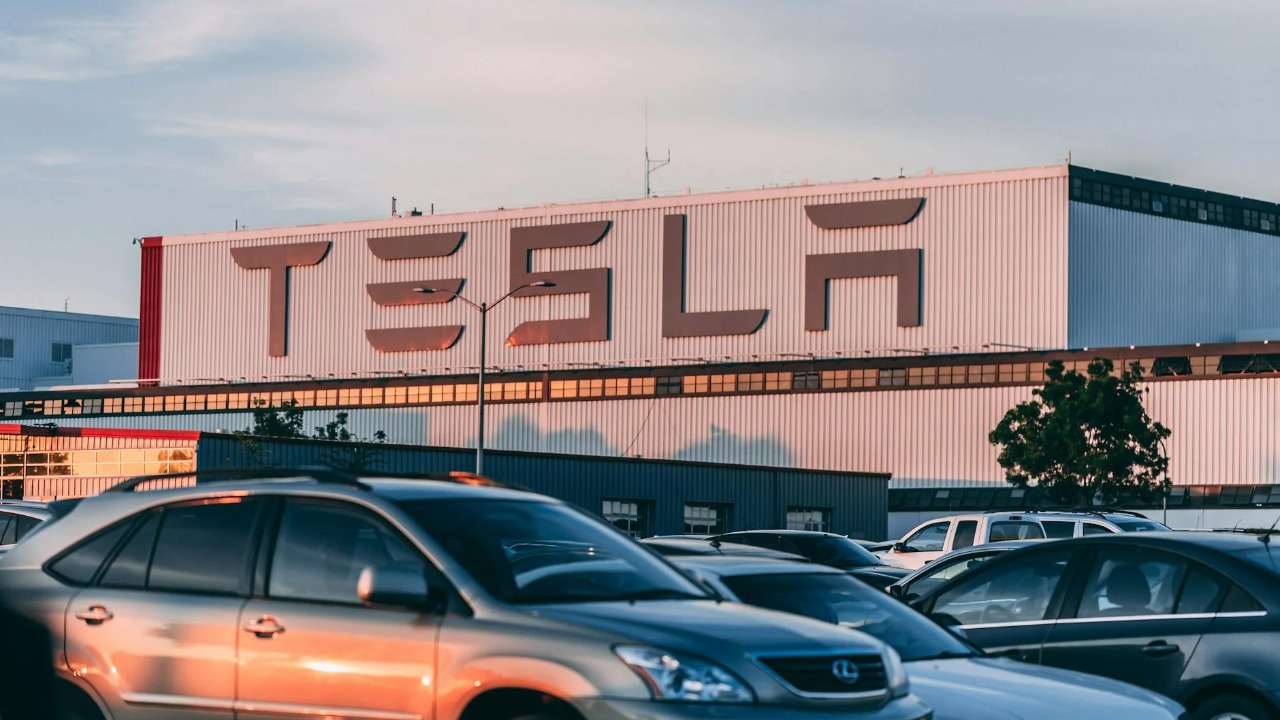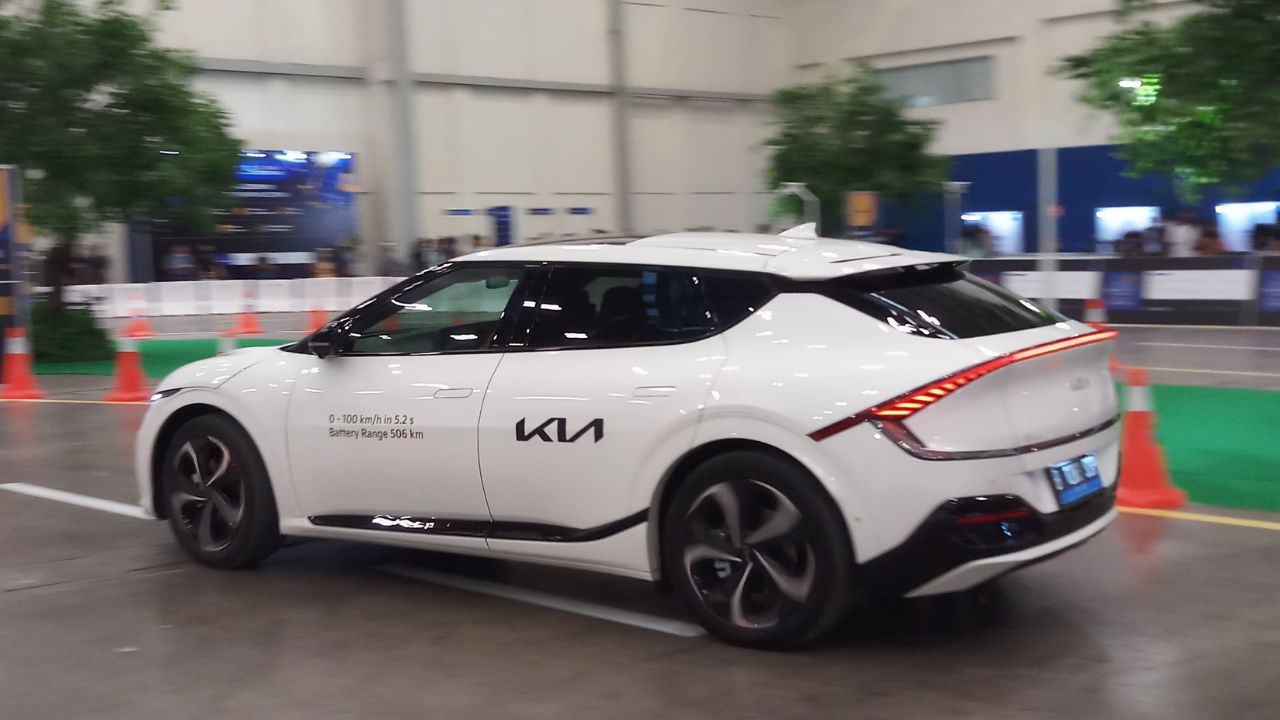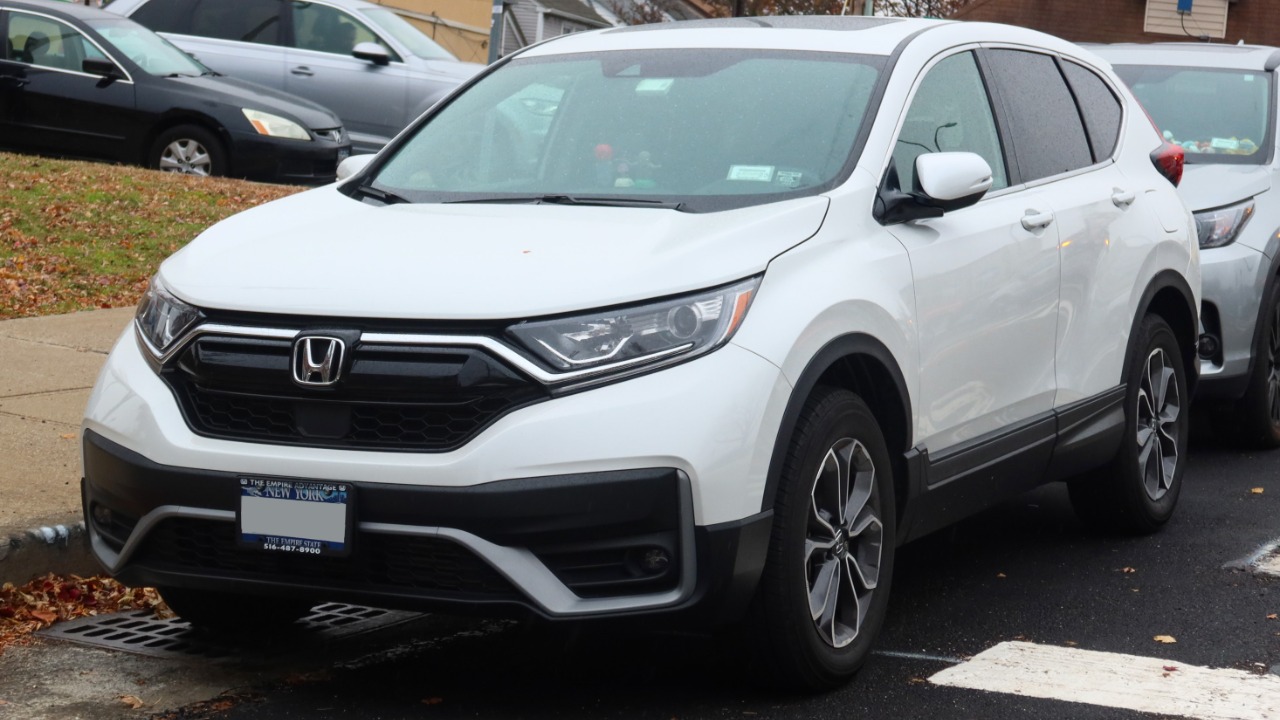The electric vehicle (EV) market is undergoing a significant transformation, with a plethora of manufacturers competing for a slice of the rapidly growing pie. However, while the excitement around EVs is palpable, the reality is that many of these companies face an uphill battle for survival in a market characterized by fierce competition and shifting consumer preferences.
The Current State of the EV Market
The EV market has seen remarkable growth in recent years, with global sales surging from approximately 2 million units in 2018 to over 10 million in 2022. Projections indicate that this number could reach 30 million by 2030, driven by increased consumer awareness and technological advancements. Major players like Tesla, Volkswagen, and BYD currently dominate the landscape, with Tesla holding a market share of around 20% as of 2023. However, competition is heating up, with traditional automakers like Ford and General Motors ramping up their electric offerings, aiming to capture a larger share of this lucrative market.
New entrants, particularly startups, face unique challenges compared to established automotive giants. While these startups often bring innovative ideas and fresh designs, they struggle with financial backing and brand recognition. Companies like Rivian and Lucid Motors have generated significant buzz but are grappling with production and supply chain hurdles that threaten their viability. In contrast, established manufacturers can leverage existing infrastructures and customer bases, giving them a competitive edge that new players find difficult to overcome.
Factors Driving Competition
Technological advancements are a crucial driver of competition in the EV market, particularly in the realm of battery innovation. Companies are investing heavily in research and development to produce batteries that are not only more efficient but also cheaper to manufacture. For example, Tesla’s development of its 4680 battery cell aims to reduce costs while increasing range, setting a high bar for competitors. This technological race extends beyond batteries to include software solutions, charging infrastructure, and autonomous driving capabilities, all of which have become essential selling points for consumers.
Consumer demand for sustainability is another significant factor reshaping the market. As awareness of climate change grows, more consumers are looking for eco-friendly alternatives to traditional vehicles. This shift is supported by government incentives and regulations aimed at promoting electric mobility. For instance, the U.S. government offers tax credits for EV buyers, while countries like Norway have set ambitious targets to phase out gasoline and diesel cars by 2025. These policies not only encourage consumers to make the switch but also create an environment where EV manufacturers must innovate rapidly to meet evolving standards.

The Financial Strain on EV Manufacturers
The financial landscape for EV manufacturers is increasingly challenging, with many companies relying on significant funding rounds to fuel their growth. In 2021, Rivian raised nearly $12 billion in its initial public offering, a testament to the investor interest in the sector. However, despite this influx of capital, the reality of production costs, supply chain disruptions, and rising material prices poses a significant risk. For instance, the cost of lithium, a key component in batteries, has surged, leading to increased expenses that many manufacturers are struggling to absorb.
The financial strain is evident in the struggles of several companies. Lordstown Motors, which aimed to capture the commercial EV market with its Endurance pickup truck, filed for bankruptcy in 2022 after failing to meet production targets. Similarly, Faraday Future has faced numerous setbacks and is grappling with substantial financial losses, raising concerns about its long-term sustainability. These examples underline the harsh reality that while the market is ripe with opportunities, the road to success is fraught with challenges.
Market Dynamics: Winners and Losers
In the current EV landscape, a few manufacturers have emerged as clear winners, employing strategies that resonate with consumers and investors alike. Tesla continues to lead the pack, not only because of its strong brand but also due to its focus on innovation and expansion. The company’s Gigafactories, designed for mass production of batteries and vehicles, have significantly contributed to its ability to meet growing demand. On the other hand, companies like Hyundai have found success by diversifying their electric offerings, such as the Hyundai Ioniq 5 and Kia EV6, which have received accolades for their design and performance.
Conversely, several companies have struggled to gain traction in this competitive market. Brands like Canoo and Nikola have faced skepticism regarding their business models and product viability. The role of mergers and acquisitions has also played a significant part in shaping the industry, with companies like Stellantis acquiring smaller EV startups to boost their electric portfolios. These strategic moves highlight the necessity for manufacturers to adapt quickly to market demands and consumer trends to stay relevant.

The Future of the EV Landscape
As the EV market continues to evolve, predictions suggest a wave of consolidation, leading to a scenario with fewer but stronger players dominating the space. Analysts believe that companies that cannot keep pace with technological advancements and consumer expectations may struggle to survive. The need for innovation and adaptability is paramount, as manufacturers must not only meet current demands but also anticipate future trends.
Emerging trends such as vehicle-to-grid technology and advancements in charging infrastructure could redefine consumer preferences and industry standards. As more consumers become conscious of their carbon footprints, the demand for sustainable practices within the automotive sector is likely to rise. Those manufacturers that can align their business models with these evolving expectations will likely emerge as leaders in the industry. The future of the EV landscape will not only be defined by the vehicles themselves but also by how well manufacturers can adapt to the changing needs of consumers and the environment.
Like Fast Lane Only’s content? Be sure to follow us.
Here’s more from us:
*Created with AI assistance and editor review.






Leave a Reply